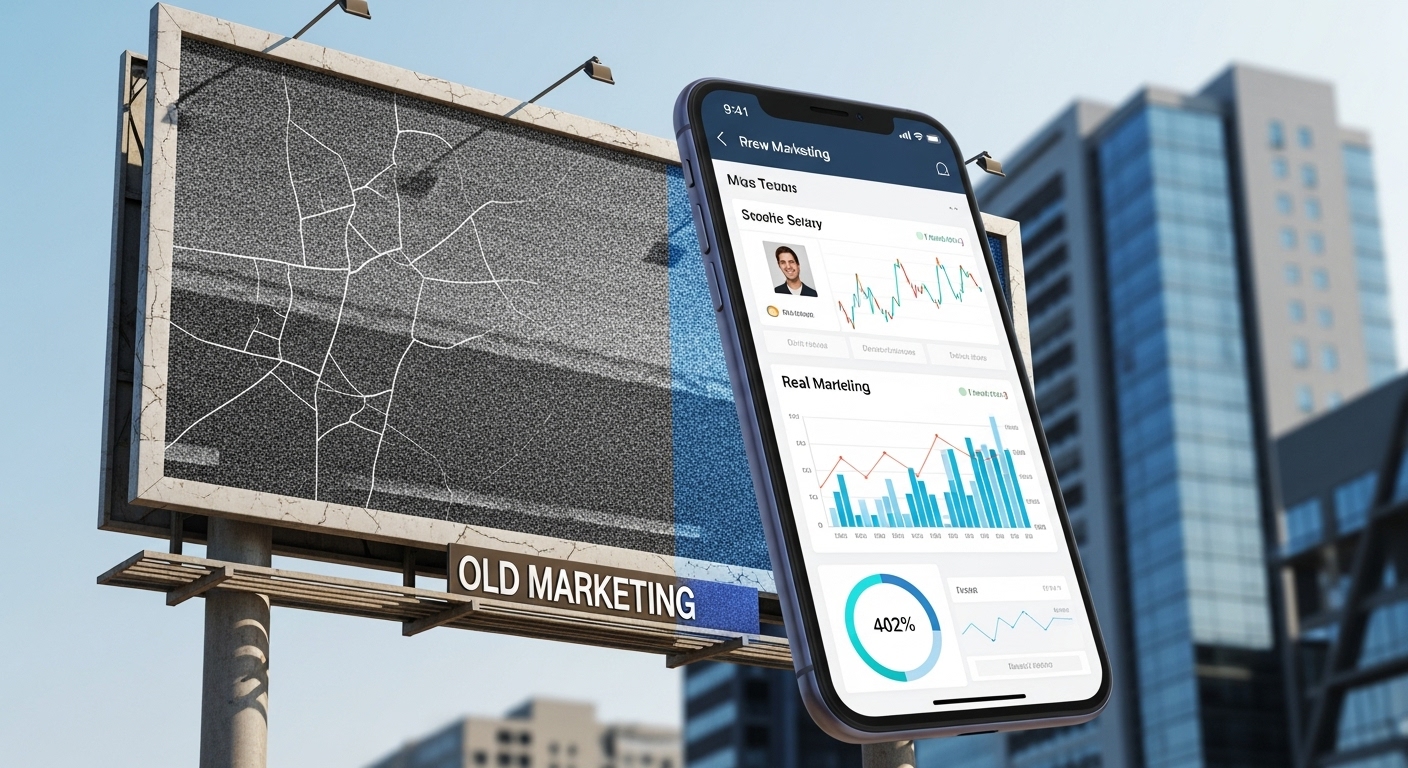For decades, marketers measured effectiveness by volume. The more a brand broadcasts its message across television, radio, outdoor, and print, the more likely the market is to respond. Mass reach worked because audiences were concentrated, attention was predictable, and media channels were limited. A brand only needed scale and repetition to win.
However, that era is almost gone.
Modern audiences scatter across dozens of platforms, and cultural trends shift in minutes. Furthermore, attention is no longer passive. In Nigeria and across Africa, marketers in telecoms, banking, fintech, FMCG, and entertainment now shift budgets away from traditional mass channels toward platforms that offer relevance, interactivity, and measurable engagement.
The question in boardrooms has changed.
“How many people saw the message?” no longer matters. Instead, “What did they spend return?” now dominates.
The Accountability Era
This shift did not arise from trend-chasing. Rather, it came from math. Budgets are tighter, and economic pressure is heavier. Leadership teams want proof of business outcomes, not simply media exposure. Broadcast still delivers scale, but it struggles to show incremental impact, behavioural signals, or detailed customer journeys. Consequently, CFOs want numbers that show causality.
This demand has accelerated investment into programmatic mobile, CRM ecosystems, retail media, data-led out-of-home, influencer attribution, connected TV, search, loyalty platforms, and short-form video. CMOs now spread their budgets across channels that can show who responded, how they responded, and what happened after the exposure. Broadcast cannot survive on intuition alone; therefore, it must integrate with systems that track action.
The Rise of One-to-One Engagement
Consumers no longer behave in predictable groups. In fact, their journeys differ, shaped by real-time signals, individual preferences, and personal contexts. As a result, effectiveness has evolved. Awareness alone no longer sustains growth; brands need engagement, especially measurable and contextual engagement.
Telecoms now blend mass media with personalised bundles, location prompts, predictive churn models, and device-triggered interventions. Fintech and banking rely on trust, but also increasingly depend on targeted push notifications, automated reactivation, behavioural lending triggers, and grassroots engagement in markets, campuses, and SMEs.
Even FMCG brands have adapted. For example, shopper media networks influence decisions in the final few meters before the shelf. Micro-influencers build cultural affinity. Sampling now happens digitally, driven by data that pinpoints which households hold the highest purchase intent.
Effectiveness is no longer cumulative. Instead, it is contextual. Brands win when they reach the right people at the right moment, not simply when they reach everyone.
Creativity Still Matters
The shift to precision created a new risk. Many marketers now confuse targeting with persuasion. Hyper-personalised ads still fail when the creative work is weak. Data cannot compensate for dull storytelling. People scroll past anything that lacks freshness, emotion, or originality.
The best brands understand this. Therefore, they combine emotional power with analytical clarity. Their work delivers both scale and specificity. They build memory and drive action.
Africa’s Advantage
African markets may already hold a natural edge. Storytelling, community influence, and relationship-driven communication have always shaped product adoption on the continent. Long before digital platforms, Nigerian markets, Kenyan campuses, Ghanaian trade clusters, churches, and neighborhoods formed the original micro-communities.
Digital solutions simply made these dynamics measurable.
From Lagos event billboards to community trade activations and mobile-led fintech adoption curves, African markets prove a simple truth: momentum grows when you reach the right people, not everyone.
New Scoreboards, New Rules
The metrics of success are evolving. GRPs, reach curves, and impression forecasts cannot satisfy today’s leadership expectations. Businesses want to know whether attention converts into outcomes: repeat purchases, lifetime value, incremental sales, market share shifts, and wallet penetration.
Effectiveness now depends on what the communication achieves, rather than how widely it travels.
The New Competitive Advantage
Marketing is not abandoning mass advertising. Instead, it is abandoning mass waste. Growth increasingly comes from brands that combine broad awareness with continuous one-to-one activation. That blend is the new competitive advantage.
-
Not just reach, but relevance.
-
Not just awareness, but action.
-
Not just media weight, but measurable business impact.
Marketing effectiveness has entered a new era, and the brands that adapt will define the next decade of growth.
ALSO WATCH MARKETING EDGE ONTV








Comment
No comments found.